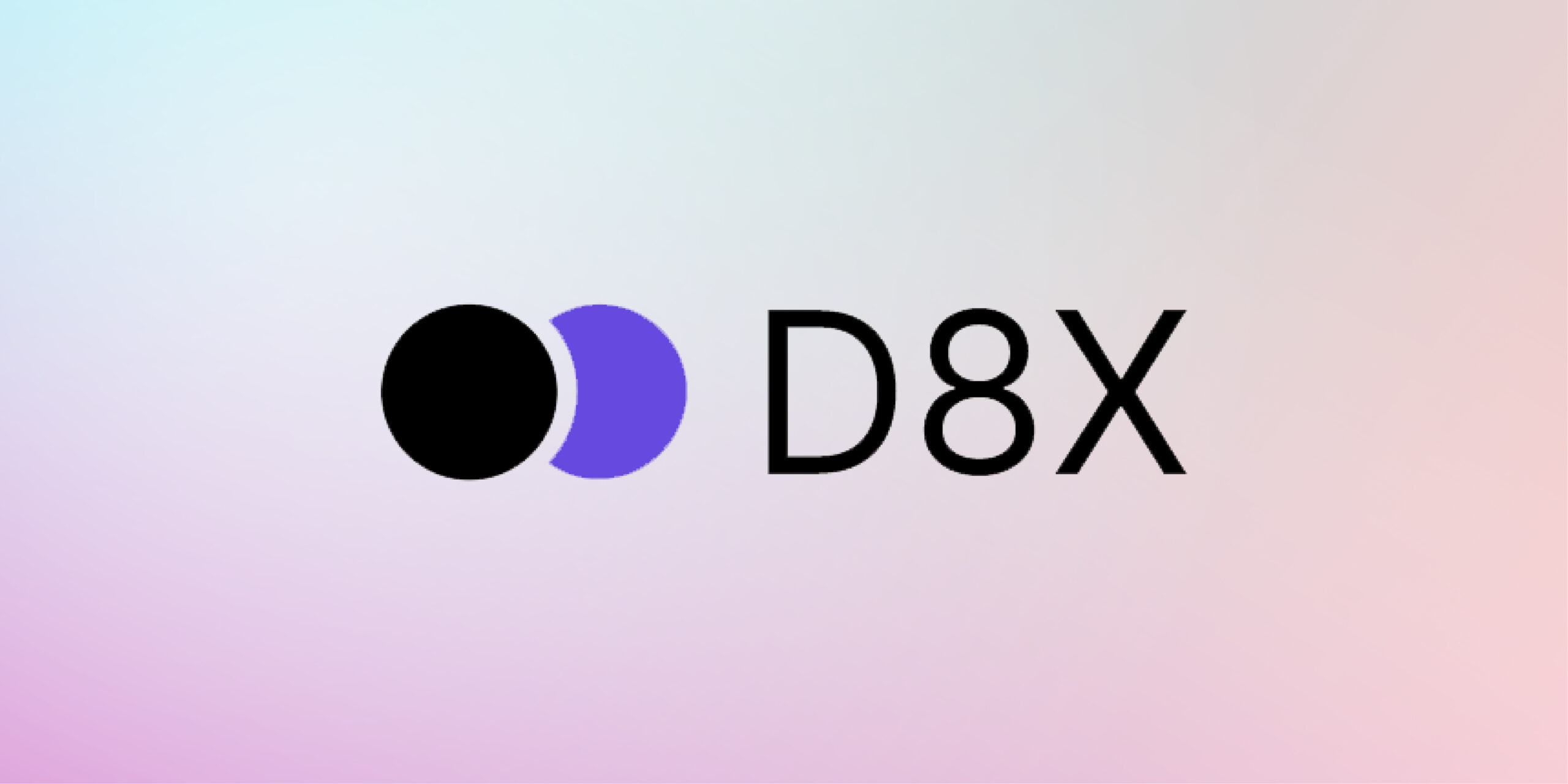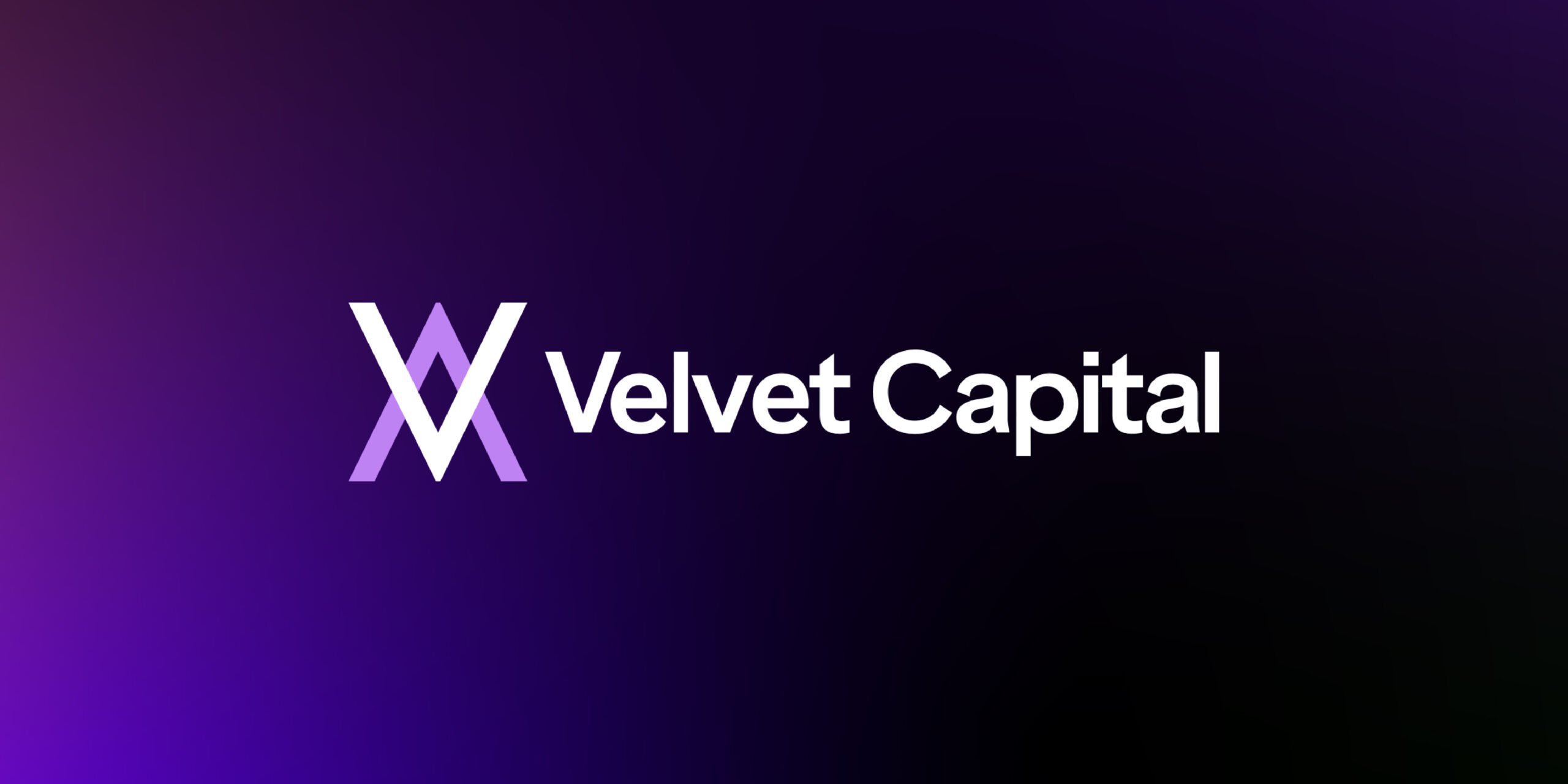Introduction
D8X is an institutional-grade perpetual futures decentralized exchange (DEX) built on the Polygon network. It incorporates derivative pricing and risk management methodologies from traditional finance, bringing a unique approach to the DeFi space. This review aims to provide an unbiased evaluation of D8X, focusing on its innovation, architecture, code quality, product roadmap, usability, and team.
Innovation
D8X introduces a novel concept by leveraging derivative pricing and risk management approaches from traditional finance within the decentralized realm. This innovation allows D8X to offer best-in-class trading conditions and extends its functionality to lower liquidity assets. By incorporating these techniques, D8X provides traders with a unique opportunity to benefit from the advantages of DeFi while trading perpetual futures.
D8X Architecture
The D8X perpetual protocol operates entirely on-chain, ensuring transparency and security. During open positions, trader funds are held in custody by smart contracts, enhancing the overall safety of the platform. D8X supports linear, inverse, and quanto perpetual trading, offering diverse trading options. Notably, D8X allows for the collateralization of OIL/USD perpetual in MATIC, adding further flexibility to the platform.
Code Quality
D8X demonstrates exceptional code quality, exhibiting proper testing and effective maintenance practices. The development team, comprising 3-4 skilled developers, has ensured a high code quality and reliability standard. The repository is open source, providing transparency and encouraging community participation.
Product Roadmap
D8X has a well-defined product roadmap and aims to launch its mainnet by the end of Q2 2023. Their diligent progress and development updates show the team’s commitment to delivering a fully functional and robust platform. This timeline reflects their dedication to providing users with a seamless and efficient trading experience.
Usability
D8X offers institutional-grade perpetual exchange capabilities while also providing a white-labeling solution. The platform caters to various user roles, including traders, brokers, liquidity providers, and those governing the D8X protocol. It’s user-friendly interface and comprehensive functionalities make it accessible to a wide range of users, facilitating broader adoption within the crypto community.
D8X Team
The development team behind D8X comprises 3-4 core members with the necessary expertise and experience to drive the project forward. They exhibit an outstanding coding style and maintain an impressive Git background. The team’s commitment to excellence is evident in their meticulous approach to code quality and project maintenance.
Conclusion
D8X stands out as an institutional-grade perpetual futures DEX, combining innovative approaches from traditional finance with the decentralized nature of DeFi. Its architecture ensures the security of trader funds, and its diverse trading options provide users with extensive opportunities. With a strong focus on code quality, a well-defined product roadmap, and a dedicated team, D8X shows excellent potential for success in the evolving crypto landscape.
| Initial Screening | |||
| Keep researching | |||
| Does this project need to use blockchain technology? | Yes | ||
| Can this project be realized? | Yes | ||
| Is there a viable use case for this project? | Yes | ||
| Is the project protected from commonly known attacks? | Yes | ||
| Are there no careless errors in the whitepaper? | Yes | ||
| Project Technology Score | |||
| Description | Scorecard | ||
| Innovation (Out Of 11) | 7 | ||
| How have similar projects performed? | Good | 2 | |
| Are there too many innovations? | Regular | 2 | |
| Percentage of crypto users that will use the project? | 1% – 5% | 1 | |
| Is the project unique? | Yes | 2 | |
| Architecture (Out of 12) | 11 | ||
| Overall feeling after reading whitepaper? | Good | 2 | |
| Resistance to possible attacks? | Good | 2 | |
| Complexity of the architecture? | Not Too Complex | 2 | |
| Time taken to understand the architecture? | 20-50 min | 1 | |
| Overall feeling about the architecture after deeper research? | Good | 4 | |
| Has the project been hacked? | No | 0 | |
| Code Quality (out of 15) | 15 | ||
| Is the project open source? | Yes | 2 | |
| Does the project use good code like C,C++, Rust, Erlang, Ruby, etc? | Yes | 2 | |
| Could the project use better programming languages? | No | 0 | |
| Github number of lines? | More than 10K | 1 | |
| Github commits per month? | More than 10 | 2 | |
| What is the quality of the code? | Good | 2 | |
| How well is the code commented? | Outstanding | 2 | |
| Overall quality of the test coverage? | Outstanding | 2 | |
| Overall quality of the maintainability index? | Outstanding | 2 | |
| When Mainnet (out of 5) | 5 | ||
| When does the mainnet come out? | 6 months after TGE | 5 | |
| Usability for Infrastructure Projects (out of 5) | 5 | ||
| Is it easy to use for the end customer? | Yes | 5 | |
| Team (out of 7) | 5 | ||
| Number of active developers? | 3+ | 1 | |
| Developers average Git Background? | Intermediate | 1 | |
| Developers coding style? | Outstanding | 3 | |
| Total Score (out of 55) | 48 | ||
| Percentage Score | |||
| Innovation | 12.73% | ||
| Architecture | 20.00% | ||
| Code Quality | 27.27% | ||
| Mainnet | 9.09% | ||
| Usability | 9.09% | ||
| Team | 9.09% | ||
| Total | 87.27% |





